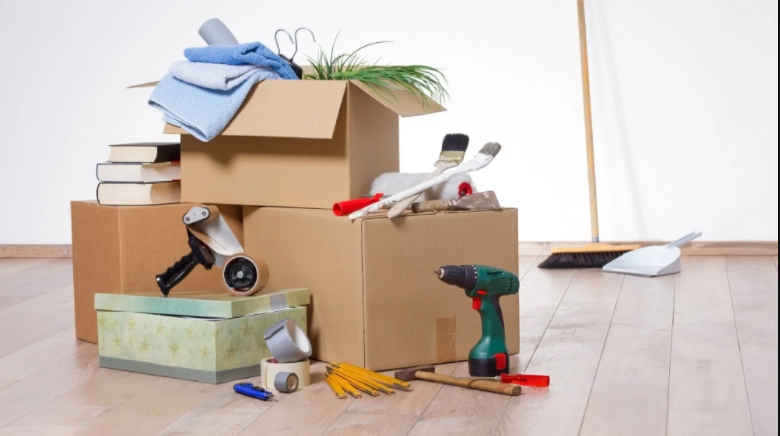Move-in day is here. Now all those hours of bubble wrap dishes and room-by-room labeling have culminated in a new house full of boxes ready to be unpacked. That can be a daunting task. A Duck Brand survey says that it takes Americans 182 days on average to unpack their last box after moving to a new home. But unpacking doesn't have to be overwhelming. Here are some steps to help you settle into your new home faster and with less stress.
Pack to Unpack
Miranda Benson, Marketing Coordinator for Dolly National Moving Company, has moved nine times in the last six years. She says the key is to plan to unpack before packing. Keep an inventory of what's in each box, he advises, and color-code or mark the destination of the boxes on the outside of each box (it's a good idea to mark the top and side). Keep boxes specific to a room. Don't lug a box with a mix of kitchen items and bathroom items, or bedroom décor with a living room, ”she says.
Focus on the Essentials First
Pack a box of “essentials” and keep it on hand during the move (perhaps in your own vehicle, rather than the mover's truck). Include all the essentials for your first night in the new home, such as:
Medicines
- Toilet paper and paper towels.
- Toothbrush, toothpaste, and other toiletries.
- A change of clothes and pajamas for your first night in your new home.
- Disposable utensils, cups and plates.
- Snacks and bottles of water.
- Start with the Bathroom
Speaking of the essentials, prepare at least one ready-to-go bath right away. At the very least, hang the shower curtain and put soap and toilet paper on it. Unpack at least some of the towels. At the end of a long day of moving, you will appreciate a long hot shower.
Configure the Rooms
Know that you'll be ready for a good night's sleep after a tiring day on the go. Make sure your beds are assembled, with bedding. Tip: Pack a box for each room with sheets, pillows, and blankets and mark "open first."
Unpack your clothes, but don't worry about keeping everything perfectly organized. The goal is to remove boxes now; later, you can spend more time organizing cabinets and drawers as you like.
Save the guest room for last. Unless you have immediate overnight guests, this is one area that can stay last on your priority list.
Think Before Unpacking
Allied Moving suggests creating a room plan before moving in. Decide where you want to put the furniture in advance, and then put your items there on move-in day. Your goal should be not to handle the same box multiple times.
In the kitchen
Because you created that room plan ahead of time, you've already decided how you want to organize your kitchen. Make it easy for everyone to help by placing sticky notes on cabinet doors that indicate what goes where.
Start by setting up appliances like the coffee maker and toaster. Plug in the refrigerator and put the food in as soon as it is cold.
In boxes marked for the kitchen, include drawer liners and sanitizers so they are easily accessible when you begin filling drawers and cabinets.
Living Room and Office
The living room and home office are areas that take your time. Save books, CDs, office files, and stationery trinkets for later. Start by setting up your devices, such as TV, printer, and computer. From there, use the "big to small" approach to assemble and organize desks and other larger furniture, then work on the smaller items like lamps.
Clean Trash
Your empty boxes will quickly overwhelm your space. Be sure to break down the boxes as you unload them, and move them to the garage or recycling area. Keep a large garbage bag or trash can nearby as you work to rearrange the bubble wrap and wrapping paper before it builds up.
With a little pre-planning, you'll be enjoying your new home, box-free, in no time.

Comments
Post a Comment